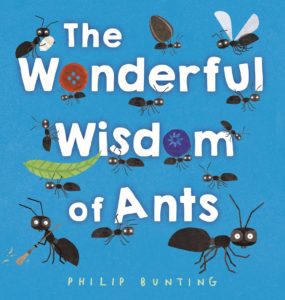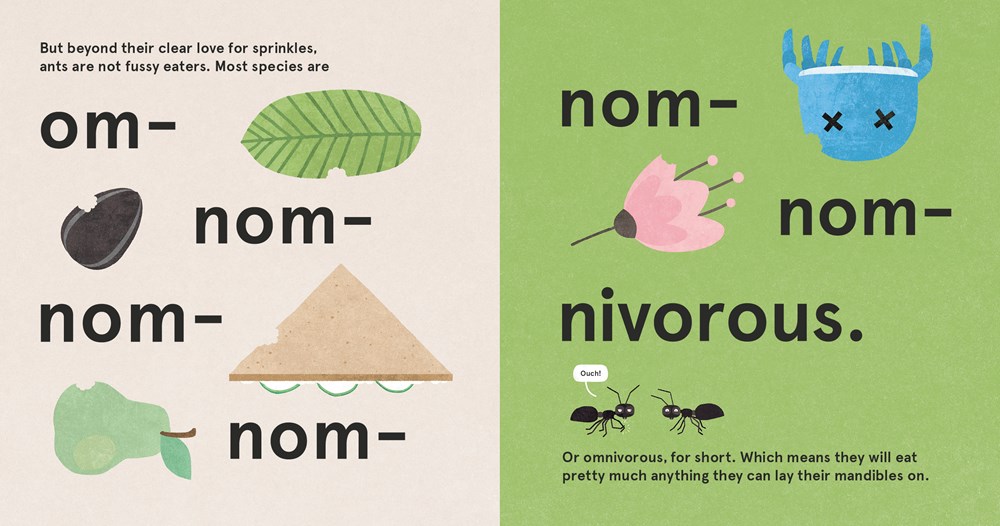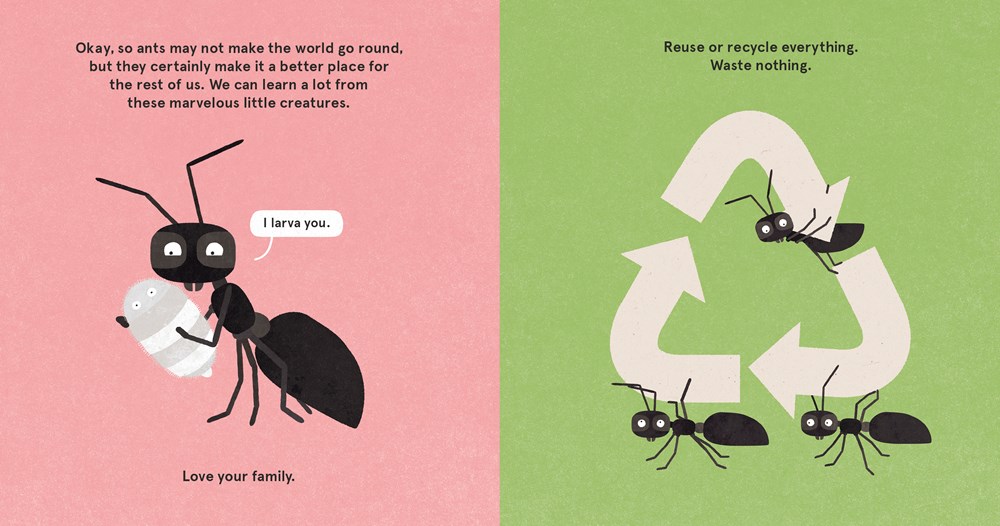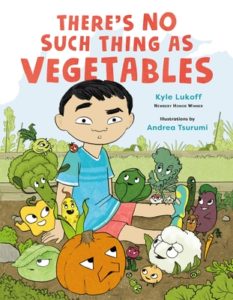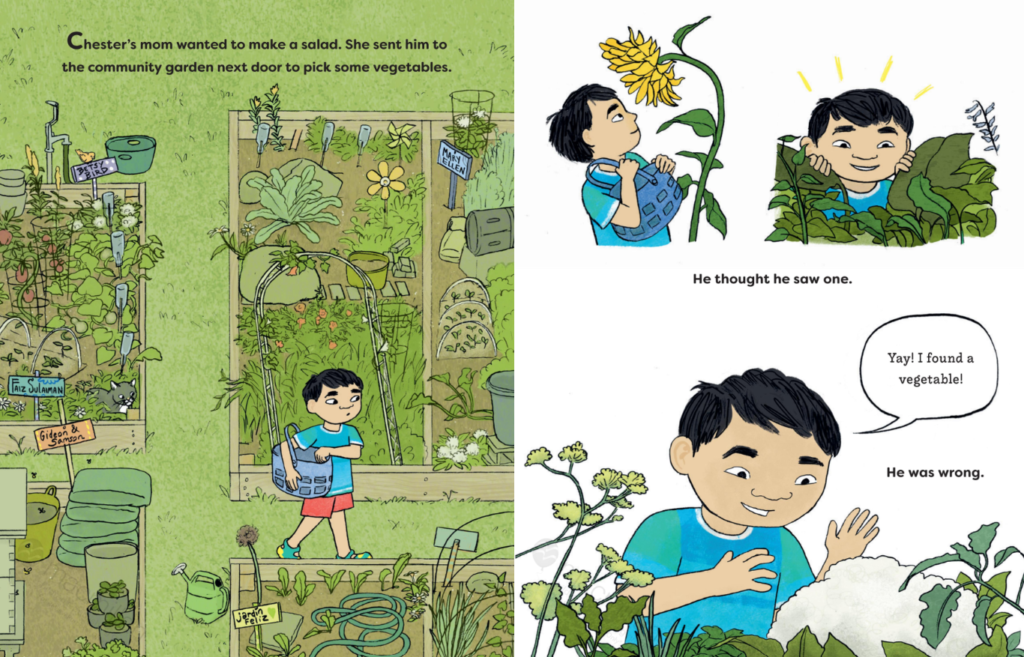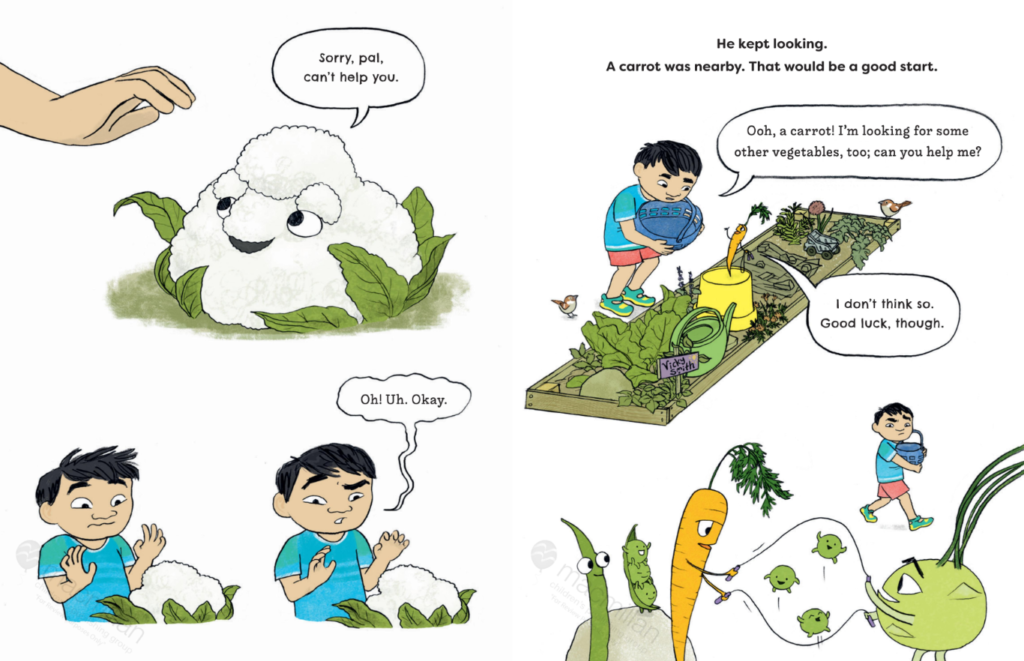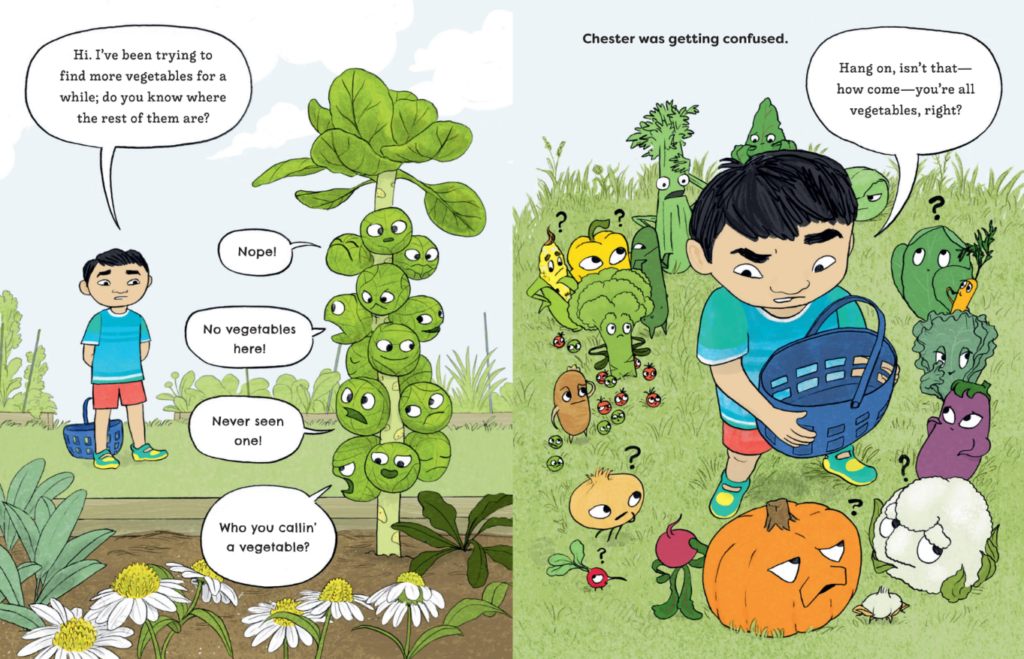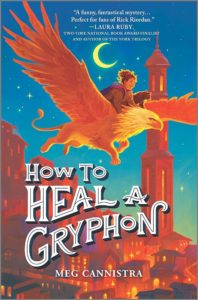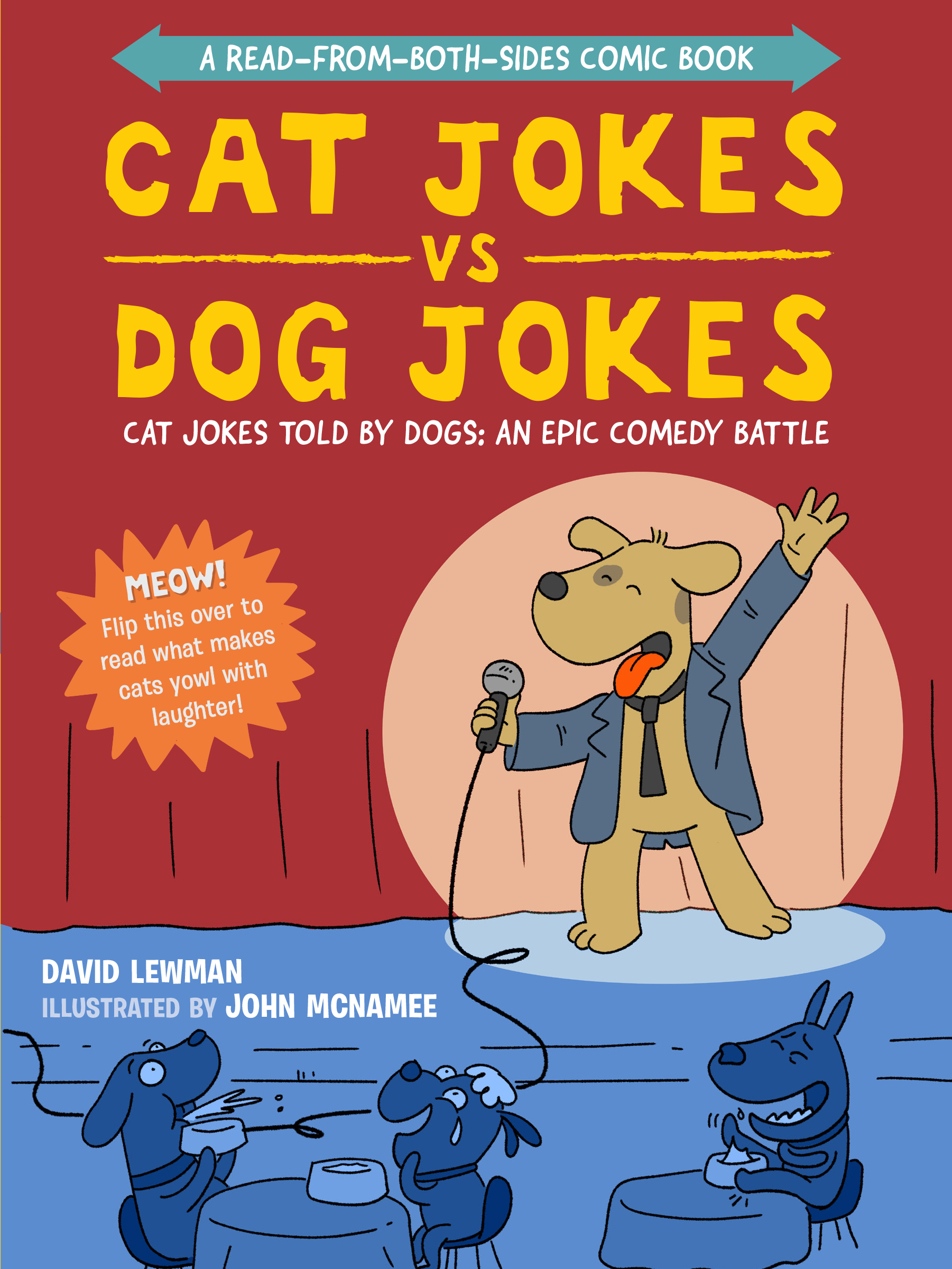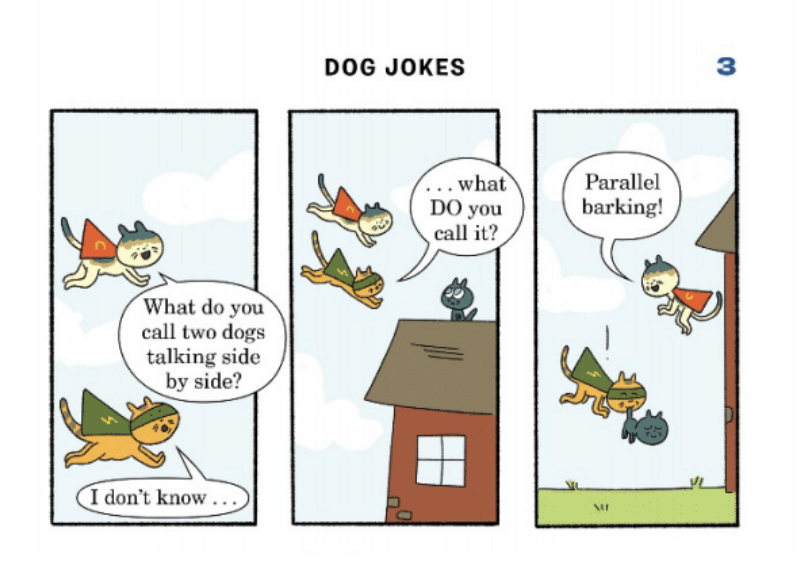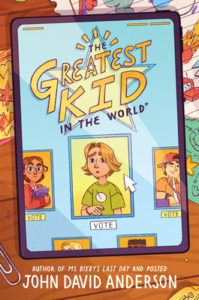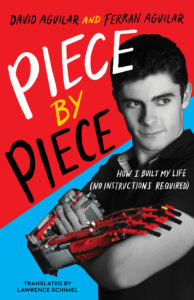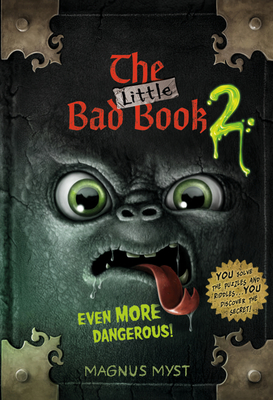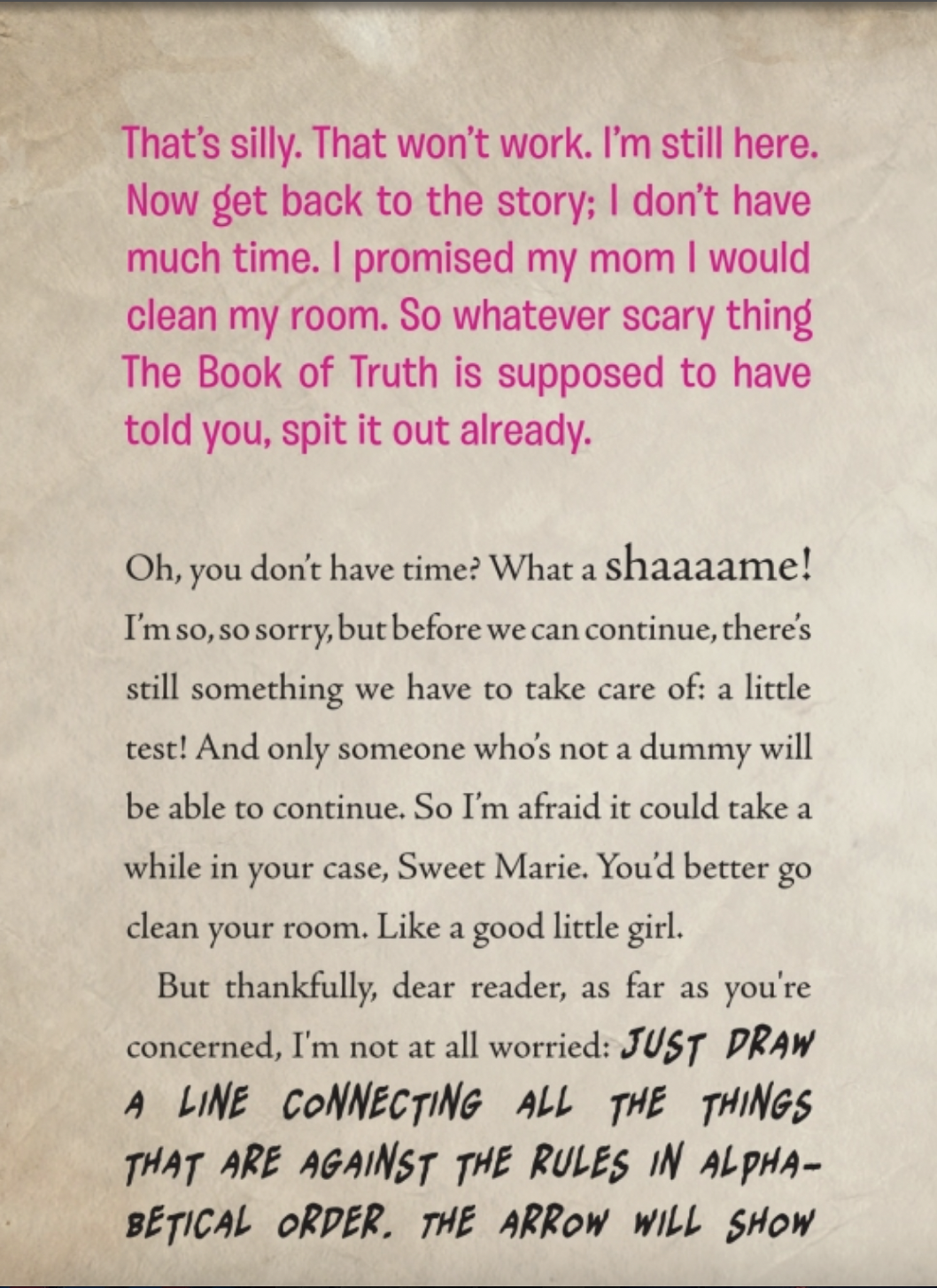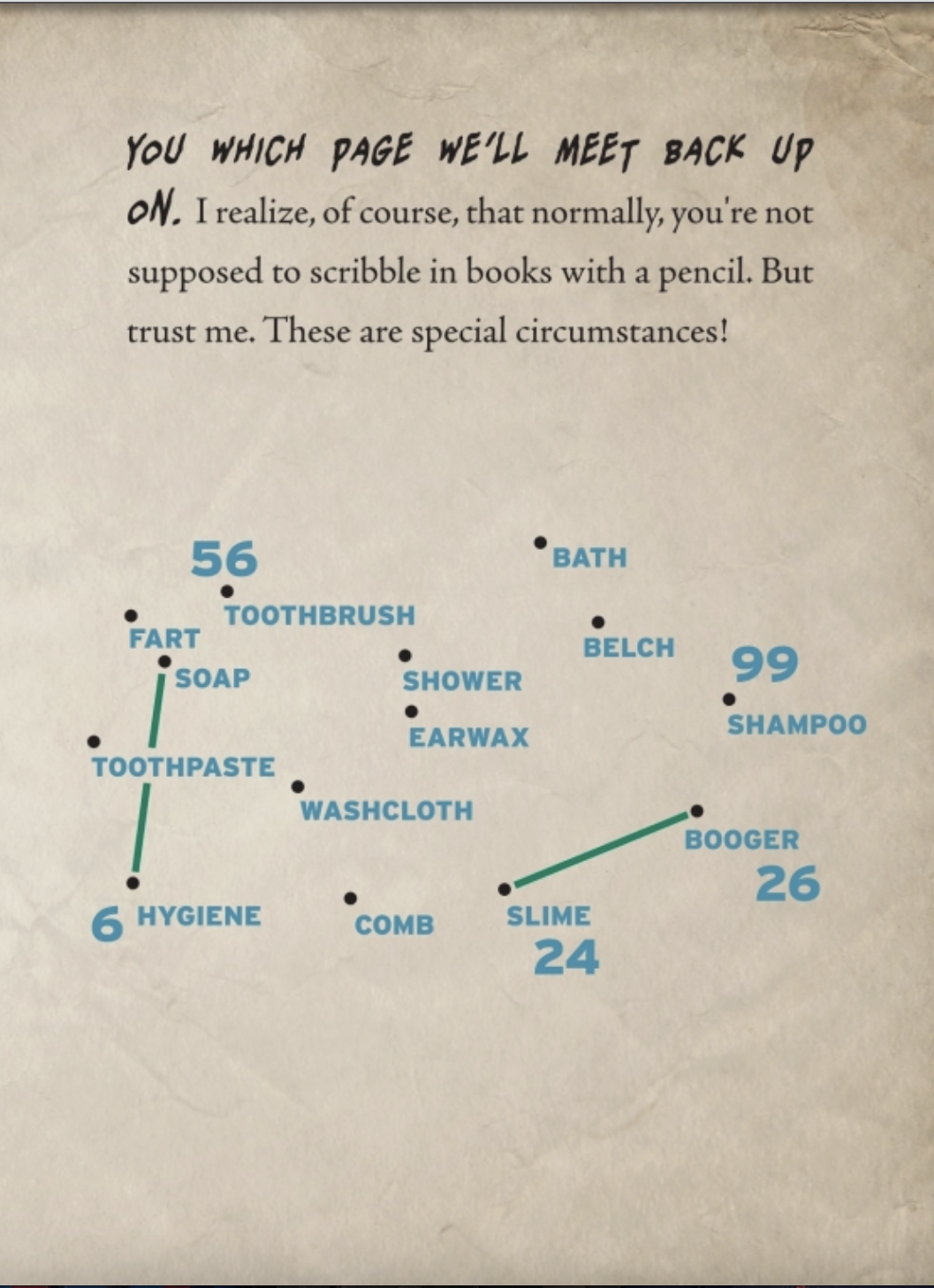The Wonderful Wisdom of Ants
Author & Illustrator: Philip Bunting
Published March 19th, 2024 by Crown Books for Young Readers
Summary: Take a peek under the rock, and discover what we can learn from the world of the ant, in this delightful blend of nonfiction and inspirational humor by author-illustrator Philip Bunting!
There are ten quadrillion ants in the world, and yet I bet you never thought they could teach you anything. But these tiny creatures can do big things when they work together–just like people!
With his signature humor and graphic illustrations, Philip Bunting delivers facts, laughs, and heart all in this special book that teaches that the answers to many of life’s biggest questions can be found in your own back yard (once you’re ready to look).
★ “This overview of ants combines cleverly designed graphics and a funny text to convey major concepts about the familiar insects.” —The Horn Book, starred review
About the Author: Philip Bunting is an author and illustrator whose work deliberately encourages playful interaction between the reader and child, allowing his books to create a platform for genuine intergenerational engagement and fun. Philip’s books have been translated into multiple languages and published in over thirty countries around the world. Since his first book was published in 2017, Philip has received multiple accolades, including Honors from the Children’s Book Council of Australia and making the list for the Kate Greenaway Medal in 2018. He lives with his young family on Queensland’s Sunshine Coast. Visit his website: philipbunting.com.
Instagram:
Philip Bunting: @philip.bunting
Random House Children’s Books: @randomhousekids
Blue Slip Media: @blue_slip_media
Facebook:
Philip Bunting: N/A
Random House Children’s Books: Random House Children’s Books
Blue Slip Media: @blue-slip-media
Twitter/X:
Philip Bunting: N/A
Random House Children’s Books: @randomhousekids
Blue Slip Media: @blueslipper & @barbfisch
Review: This book is a joy! Anyone who has read a book by Philip Bunting knows that his work excels at bringing play into the reading to make the book a bit silly, interactive, and full of informational magic. The Wonderful Wisdom of Ants is the same. I loved the little jokes throughout the book that will definitely get readers giggling, the illustrations are just so playful and perfect for the book, and I learned so much about ants! It definitely is a multi-purpose book, for pleasure and for learning, which will be a winning read aloud!
For more about the book and to hear from the author, visit his interview, “Using Well-Placed ‘Humour’ as a Trojan Horse for Information,” on Fuse 8.
Tools for Navigation: There is so much in this book that is PERFECT for science which makes it an amazing cross-curricular tool. My first though is I think it would be awesome to see students use this book as a mentor text to create their own book about another insect which would include research, science, creative writing, and visual art.
The vocabulary in this book is wonderful as well, both when it comes to science and just tier 2 words such as nuptials, mandibles, reproduces, fragrant, and more.
Oh, and math, there is something here for you too! When looking at the number of ants, it compares human vs. ant weight which would be a fantastic math problem!
Discussion Questions:
- If there are ten quadrillion ants in the world and 8 billion people in the world, and they weigh about the same, how much do each set weigh?
- Do you think the queen is the most important ant in the colony?
- Why are ants so important for the world?
- What can we learn from ants?
Flagged Spreads:
Read This If You Love: Informational books with humor
Recommended For:
**Thank you to Blue Slip Media for providing a copy for review!**
